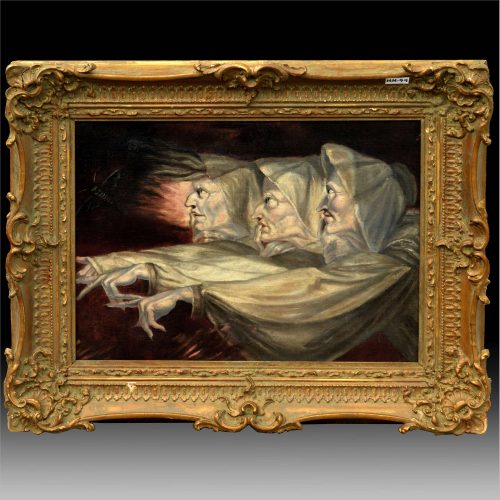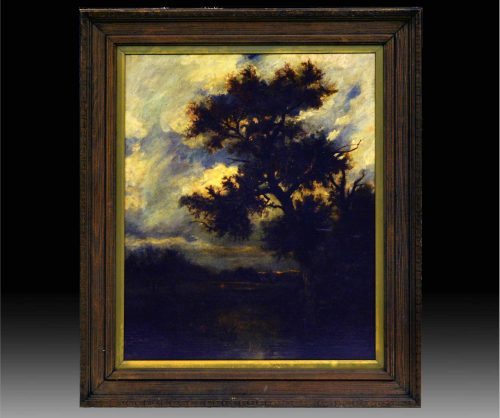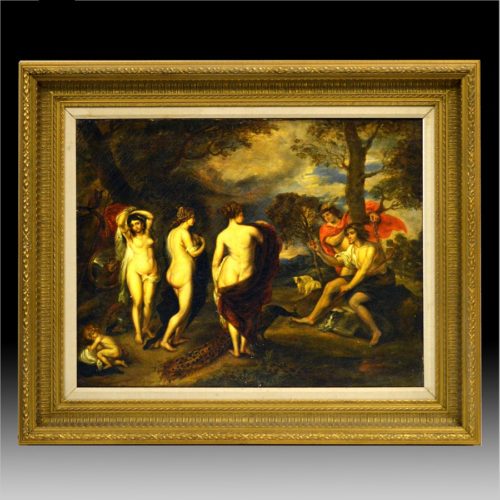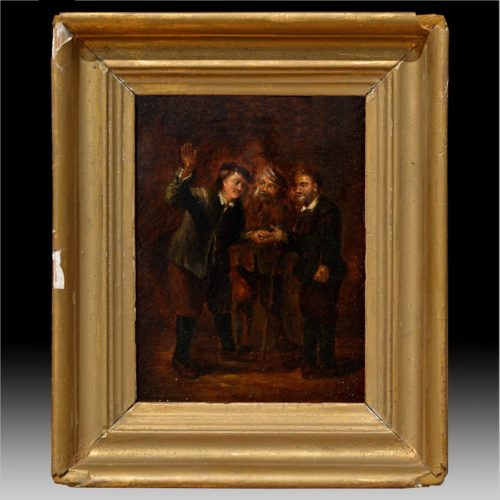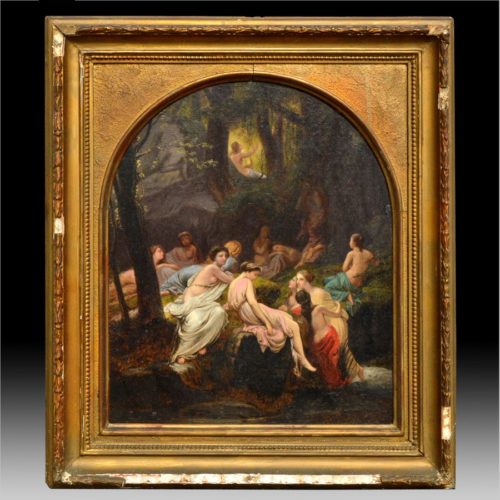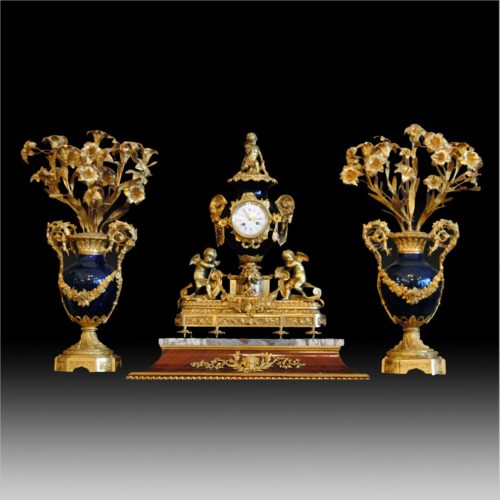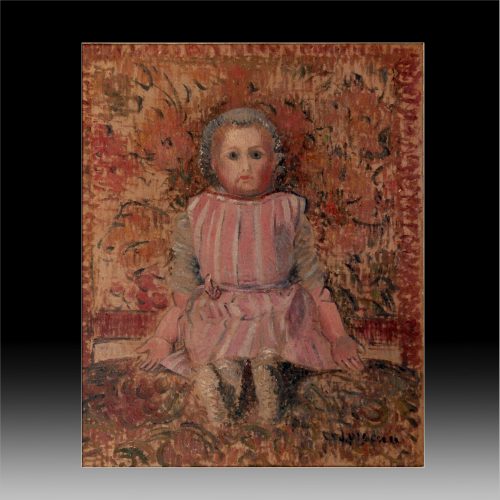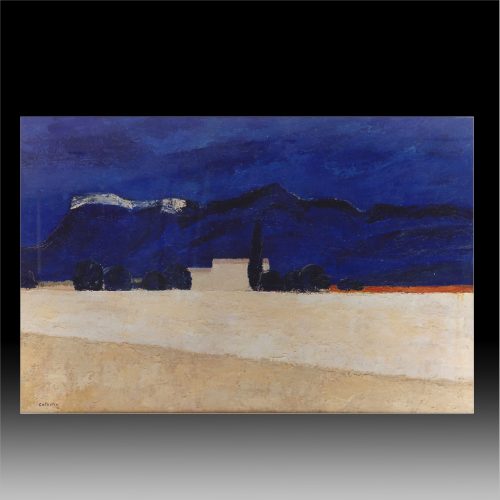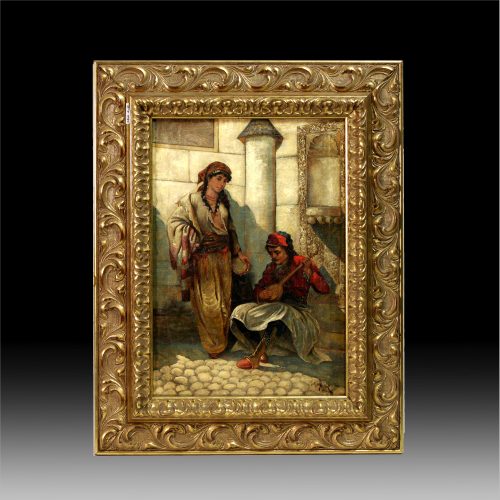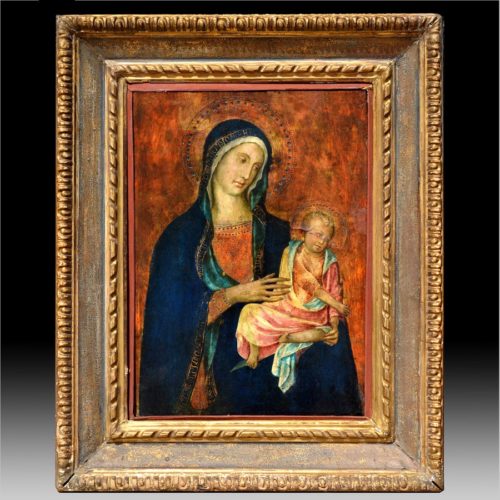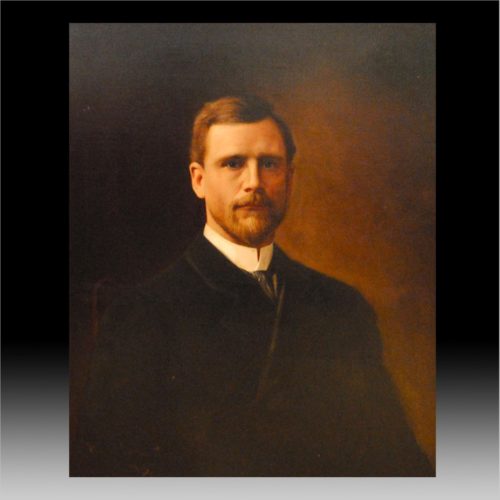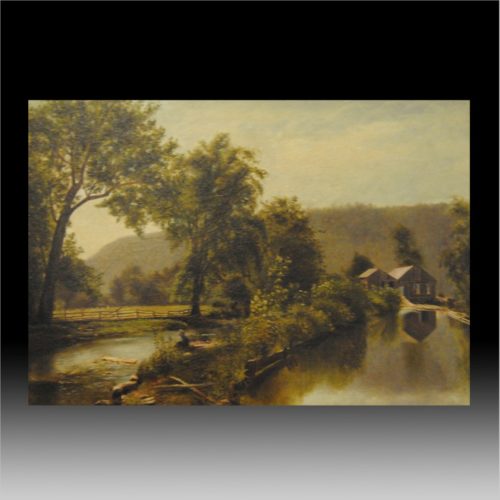View cart ““Clock with Twelve-Piece Roman numerals on dial, flanked by two Columns”” has been added to your cart.
-
After Heinrich Fuseli
(Swiss, 1741-1825)
‘The Furies’
Oil on canvas
19 x 24 ½ in. (48.3 x 62.2 cm)
Provenance:
Mr. & Mrs. Peter P. Williams, Raleigh.
-
Artist Unknown,
19th Century
Landscape
-
Sirens and Seduction
Pair of Paintings
Provenance: France
AC. 28.000
@AL 7/13
-
David Teniers
‘The Palm Reader’
oil on panel
6 7/8 x 4 5/8 in.
(17.5 x 11.7 cm)
CL102794-253
39520-2
@AC-NB
-
Charles François Jalabert
Women in the Forest
Oil on canvas
Within a painted arch
39.4 x 31.8 cm
S71791-209
899001-3
-
Pair of Louis XVI Style Gilt-Bronze Mounted Porcelain Urn Form Candelabra, late 19th Century.
Height: 31 inches.
BBJUN2402-7362
AC11750
Made Set with Clock.
F-1068
-
Gustave Loiseau
(French, 1865-1935)
“La poupee”
Oil on canvas
21 ½”x 17 ½”
Signed lower right
Titled on reverse
Painted circa 1919
COA by Didier Imbert
-
Catalin Balescu
(Romanian, 1962)
“Landscape”
24”x 35”
Oil on canvas
Signed lower left
-
Aleksei Mikhailovich Korin
(Russian,1865-1923)
‘Street Musicians’
oil on canvas
20½” x 14 ½”
-
Duccio di Buoninsegna (Italian, 1255-1318)
“The Madonna and Child”
Oil on panel
18 ½ x 13 inches
Duccio di Buoninsegna (Italian; c. 1255–1260 – c. 1318–1319) was an Italian painter active in Siena, Tuscany in the late 13th and early 14th centuries.
He is considered to be the father of Sienese painting and, along with a few others, the founder of Western art. He was hired throughout his life to complete many important works in government and religious buildings around Italy. Duccio is credited with creating the painting styles of Trecento and the Sienese school, and also contributed significantly to the Sienese Gothic style.
Although much is still unconfirmed about Duccio and his life, there is more documentation of him and his life than of other Italian painters of his time. It is known that he was born and died in the city of Siena, and was also mostly active in the surrounding region of Tuscany. Other details of his early life and family are as uncertain, as much else in his history. Nevertheless, his artistic talents were enough to overshadow his lack of organization as a citizen, and he became famous in his own lifetime. In the 14th century Duccio became one of the most favored and radical painters in Siena.
CL102794-10
561202-2
@NB-1040
#7
-
Walter Gilman Page
1862-1934
“Portrait of a gentlemen”
Oil on canvas
28 ½” x 36”
Signed and dated 1903 lower left
Worth 1500
@AC-NB
-
American School-
Artist: Unknown
“An Old canal”
20” x 14 ¼”
In 1870
@AC-NB

